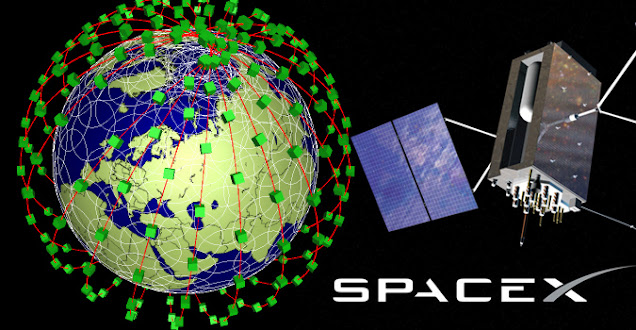Luna 9, the first spacecraft to achieve a soft landing on the Moon
On February 3, 1966, the Soviet Luna 9 probe marked the space conquest. A look back at this incredible story.
 |
| A Luna 9 space probe replica (source:Wikipedia) |
A special video here 👉
On 3 February 1966, Luna 9 spacecraft became the first spacecraft to achieve a soft landing on the Moon. In the context of the Cold War, the USSR and the USA tried to be the first on the Moon. In the Sovietic Lunar program, 4 space probe has crashed in the moon. The future space probe, Luna 9, measures 2.7 metres and weighs about 1.6 tonnes. The deployable petals and an off-centre mass centre ensure that the probe lands with the upper side facing upwards.
 |
| The space probe’s petals (Wikipedia) |
On 31 January 1966, Molniya launched the space probe. At an altitude of 8,300 kilometres (5,200 mi) from the Moon, the spacecraft was oriented for the firing of its retrorockets and its spin was stopped in preparation for landing. On February 3, 1966, at 18 h 44 min 52 s UTC, the airbags cushion the impact. Luna 9 lands on the place called Planitia Descensus on the Moon. Thereafter, Luna 9 retransmits the first images of the lunar surface.
 |
| The first photos fom the lunar surface (source:Wikipedia) |
The radiation detector, the only scientific instrument on board, measured a dosage of 30 millirads per day. Last contact with the spacecraft was at 22:55 UTC on 6 February 1966. The Americans also sended a space probe called Surveyor 1. It finally landed on the Moon on June 2, 1966. So the Soviets beat the Americans, who launch Surveyor 1 too late.



Comments
Post a Comment